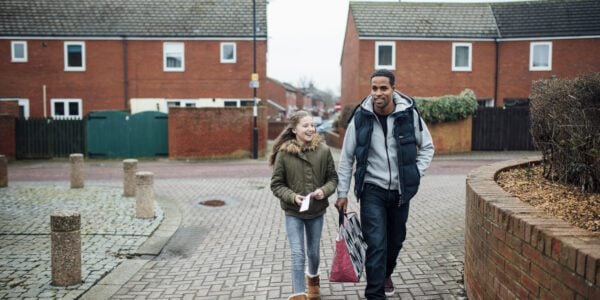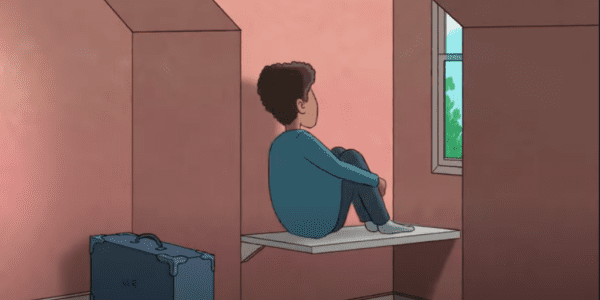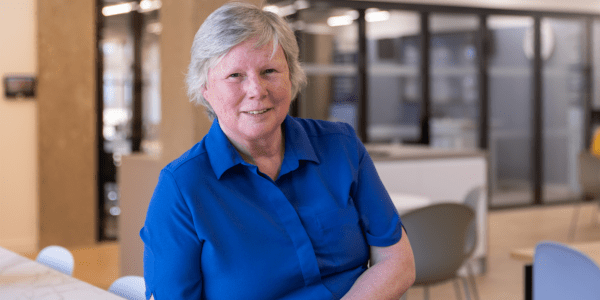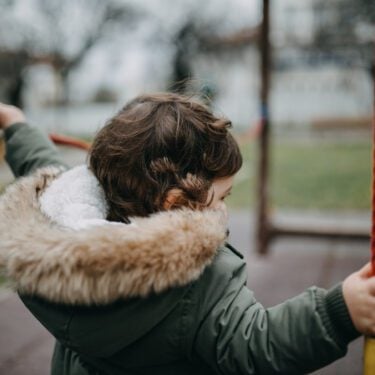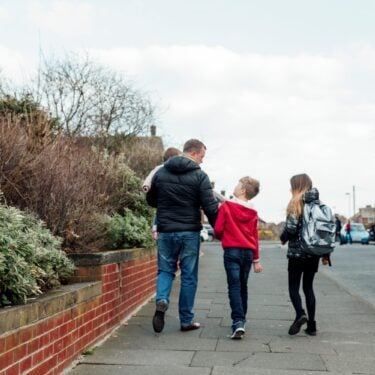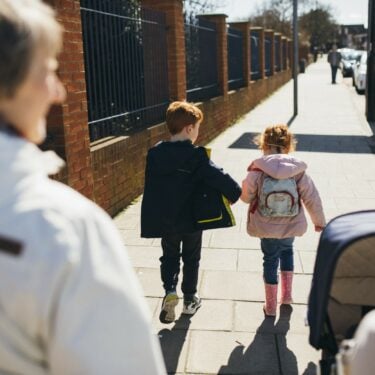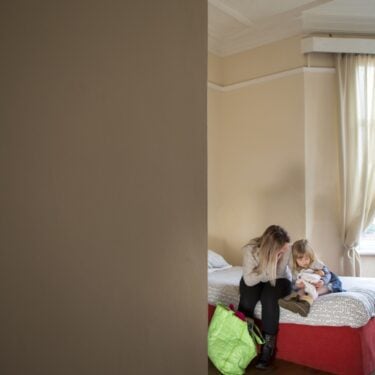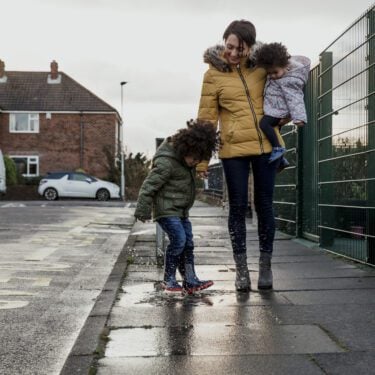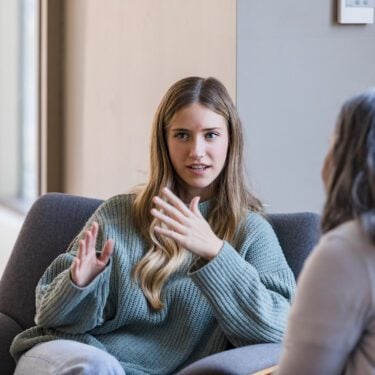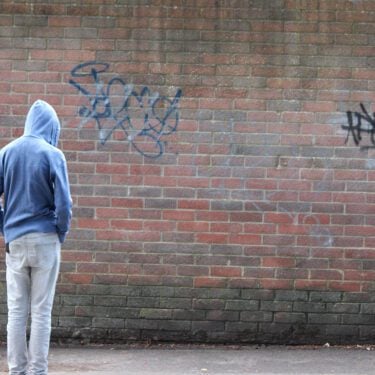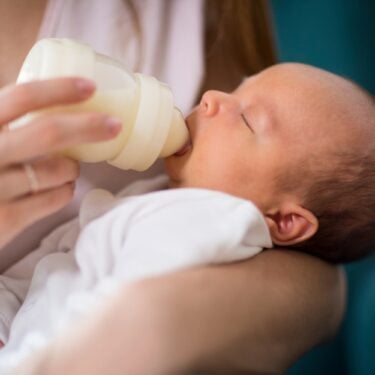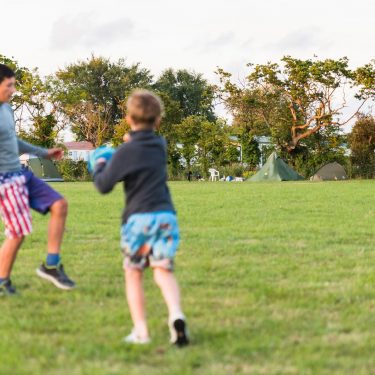
04/03/19
4 min read
20% of all children in England who return home after care proceedings and are placed on a supervision order are back in the family court within five years because of further significant harm, new research led by Lancaster University has found.
The risk was far higher than for any other group of children investigated in this study. Children aged less than five years were at greater risk of returning to court for further care proceedings than older children.
This study, funded by the Nuffield Foundation, is the first national study of all children placed on supervision orders between 2010/11 and 2016/17 – a total of 19,296 children.
When a supervision order is made by the courts to help families stay together, the local authority ‘advises, assists and befriends’ the child and family but it has no parental responsibility. The order normally lasts for one year but it can be renewed annually for a maximum of three years.
Impact of shorter timescales since 2014
The study also found that nationally, supervision orders granted since 2014 were more likely to return to court than pre-2014 cases. The reasons for this are unclear but the report suggests that the changes could be associated with shorter timescales for decision-making in care proceedings following the introduction of the 2014 Children and Families legislation, greater vigilance by local authorities in bringing cases back to court or another impact of austerity.
The study looked more closely at what happened to children in four local authorities who were placed on supervision orders in 2013/14 and 2014/15. 24% of the 194 children were neglected during the supervision order. Four years after the supervision order was made, 28% were no longer living with their parents and 40% had been neglected.
Financial hardship and housing problems
Another concerning finding was the discovery that over the four years, 49% of the 194 children were exposed to financial hardship and 56% to housing problems- more than at the start of the study. They topped the list of all parental problems to which the children were exposed.
The study found a wide variation in rates of visits by social workers and frequency of case reviews. Although the children had been found by courts to have experienced significant harm, the majority were reviewed under ‘children in need’ rather than ‘child protection’ procedures. Children in need are considered to have less serious concerns than those reviewed under child protection processes, whose cases are subject to greater oversight. The Government does not collect national statistics on children on supervision orders.
Most of the 89 family justice practitioners who were interviewed felt that supervision orders provided the local authority with limited leverage and wanted them to have ‘more teeth’, for example by managing them under a child protection framework.
Options for reform
The report puts forward a range of practice, policy and legal options to strengthen the supervision order to do the job that the legislators had in mind– to promote safe and lasting family reunification.
Professor Judith Harwin, who led the study, said: “Supervision orders are an important legal option and help many children, but they need to be strengthened with more support provided to the most vulnerable families. The recent national increase in cases returning to court more swiftly than before 2014, needs ongoing monitoring and explaining”.
Outcomes for special guardianship
The study has also used Children and Families Court Advisory and Support Service (Cafcass) national administrative data for the first time to examine outcomes of 21,504 children subject to special guardianship orders between 2010/11 and 2016/17. These orders provide a permanent home to children up to the age of 18, mainly with relatives. It is now the main route out of the care system for children who have experienced significant harm due to unsafe parenting and are returned to their family network.
The study found special guardianship gives these children a new start in life while keeping links with their birth families and family network. There were very low rates of breakdown or return to court.
Nationally between 2010/11 and 2016/17 just 5% of all children on special guardianship orders had further care proceedings within five years.
In the case file study of 107 children on SGOs in the same four local authorities 31% of the children had never lived with their special guardians before the order was made. The permanent placement had never been tested and yet the children fared well and benefited from the placement.
Difficulties faced by special guardians
The study also found that special guardians experienced a rough ride from the courts and local authorities.
Special guardians found their experiences of courts and local authority assessments left them feeling ‘isolated, bruised and embattled’ unless they had access to legal advice. Often they did not understand the implications of special guardianship.
Many were actually not party to the proceedings or were unsure of their legal status. They felt they had no voice and wanted more support after the order had been made. They struggled with financial and housing problems. The report identifies the need for better access to justice and a more transparent court process.
Professor Harwin added: “It also calls for a major overhaul of the process of assessing special guardians and significantly more support and investment in this kind of family placement. Special attention needs to be paid to improving the court experience of special guardians whilst ensuring a robust child centred assessment process that addresses their long term needs for permanency”.
Director of Justice at the Nuffield Foundation Rob Street said: “This important study provides much-needed national evidence on how supervision and special guardianship orders are being used, including cases in which they are used together. Drawing on this evidence, the report outlines practical proposals for how these orders could be reformed to provide increased protection and support for children and families.”
Related


